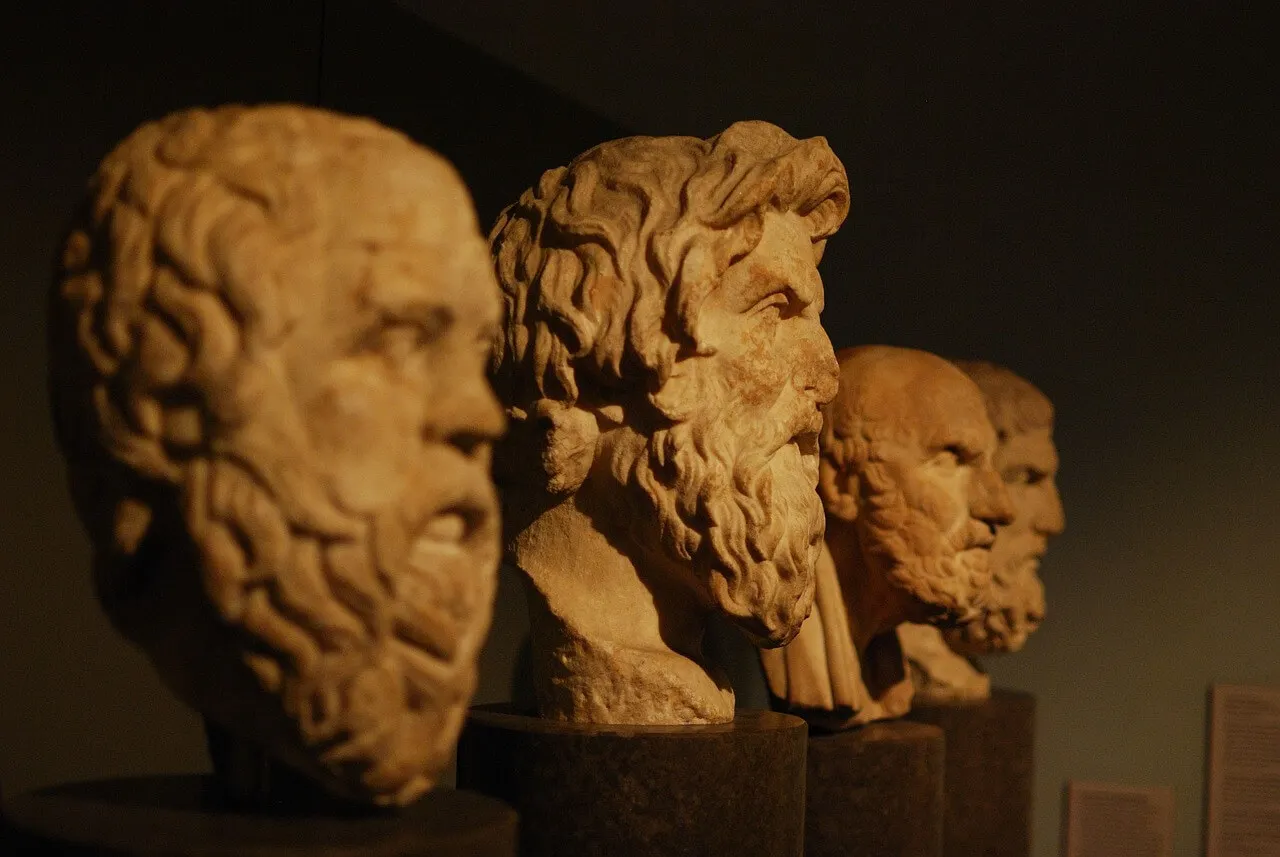What is Aesthetics in Philosophy and What Does it Study?


Written and verified by the philosopher Maria Alejandra Morgado Cusati
Aesthetics is the branch of philosophy that studies the nature and perception of beauty. Therefore, it’s closely related to art.
In this sense, this discipline not only asks about what is beautiful, but also studies the experiences and aesthetic judgments that arise in us when we perceive an object. That may well be nature, other people, or a work created by man. This allows us to categorize something as attractive, ugly, sublime, elegant, etc.
In other words, one of the main objectives of aesthetics is the study of the experiences and judgments that happen to us in everyday life when we perceive the world. It attempts to answer why some objects are attractive to us and others are not.
Moreover, what may be aesthetically pleasing to one person may not necessarily be aesthetically pleasing to another. Even if we go back through history, we will see how artistic movements have responded to an ideal of beauty specific to their time. Therefore, the subjectivity and relativity of what is considered aesthetically beautiful are one of the great topics in this discipline.
The history of aesthetics as a discipline of philosophy
Aesthetics as a discipline of study arises during the eighteenth century by the German philosopher Alexander Gottlieb Baumgarten, who coined the term in his work Philosophical Reflections on the Poem (1735). In this work, he describes aesthetics as the science of the sensible, as well as of the relations that exist between art and beauty.
However, this doesn’t mean that the philosophers who preceded Baumgarten did not devote themselves to this subject. In fact, the concept is applicable to the studies that earlier thinkers have set in motion around the beautiful.
It should be noted that the term aesthetics comes from the Greek word aisthesis, which means “sensibility” or “sensation.”
Ancient Greece
In Ancient Greece, Plato theorized about beauty and art in works such as The Banquet and The Republic. In these works, he affirmed that beauty is an eternal, intangible, and immutable idea that can only be understood from the soul and that’s reflected in the capacity of the human being to create objects.
Aristotle, on the other hand, would go on to do the same in works such as Poetic Art or Rhetoric and Politics. However, he left aside Platonic idealism to focus on a material approach. In this way, he affirmed that what was considered beautiful should have a symmetrical and ordered composition.

We think you may find this article interesting, too: Important Teachings of Confucius Regarding Psychology and Philosophy
The Middle Ages
In the Middle Ages, on the other hand, aesthetics was associated with religious art, so its function was limited to expounding Christian revelations. During this period, philosophers such as St. Augustine of Hippo and St. Thomas Aquinas reflected on beauty.
For example, for St. Augustine, beauty was composed of the harmony of the elements that make physical beauty divine. While for St. Thomas, the object is exhibited through form (essence) and the subject can perceive its beauty through sensibility.
The Modern Age
Now, after Baumgarten formally created aesthetics as a discipline, a variety of philosophers emerged who addressed this topic. One of the most recognized was Immanuel Kant, who focused on the subjectivity of feelings about what’s considered beautiful.
Kant believed that beauty isn’t measurable because it derives from a feeling. Therefore, it’s loaded with subjectivity. Hence, he proposed the term transcendental aesthetics.
In other words, for Kant, sensibility is conditioned by a series of previous experiences that help us determine the aesthetics and beauty of objects.
The Contemporary Age
Finally, in the Contemporary Age, various ways of interpreting the meaning of aesthetics, its sensibility, and representation have emerged. In fact, what’s known as anti-aesthetics emerged, suggesting the rejection of established aesthetics, the latter being understood as fashion or personal image.
In this case, contemporary art assumes that what’s really important is not what the author feels, but what he or she makes the receiver of his or her work feel. It doesn’t seek serene or picturesque beauty, but also the unpleasant or melancholic, in order to provoke anxiety or other intense sensations in the spectators.

The idea of beauty throughout history
The conception of beauty changes from one era to another. Because of this, what we consider attractive or beautiful today was not so at other times and may not be so in a few more decades.
Now, in order to understand how the conception of beauty has changed, here’s a general idea of the mutation of this notion:
- Aesthetics in classical philosophy: For Ancient Greece and the Roman Empire, the beautiful, the good, and the true corresponded to a single thing, and its nature was related to the measure, harmony, justice, and adequacy to the ideal of the time.
- Medieval aesthetics: During the Middle Ages, the concept of beauty had to do with fundamental Christian values: faith in God, sacrifice, passion, and purity. Therefore, moral beauty had a greater weight than appearance.
- Modern aesthetics: The Renaissance broke with the Christian scheme and vindicated classical reflections within the framework of the ideas of humanism and the Enlightenment. In this sense, the idea of beauty was attributed to the planned, the structured, the symmetrical, and the harmonious.
- Contemporary aesthetics: In this era, the idea of beauty is related to abstract art, the conceptually beautiful and the beauty of the meaning of things, rather than the fulfillment of a canon that distinguishes between the aesthetic and the mundane. Even the horrible, the everyday, and the incomprehensible have been considered to be models of the beautiful.
Like this article? You may also like reading: Philosophy of Mind: The Relationship Between the Mind and the Brain
Final thoughts
Aesthetics is a discipline of philosophy that addresses the nature of beauty and the elements that intervene in our sensibility so that we categorize something as beautiful, ugly, attractive, unpleasant, etc.
Therefore, it questions what beauty itself is and reflects on whether this quality exists objectively or is a completely subjective sensation.
All cited sources were thoroughly reviewed by our team to ensure their quality, reliability, currency, and validity. The bibliography of this article was considered reliable and of academic or scientific accuracy.
- Madrazo J. Belleza, sí, pero ¿qué es eso?. Atenea [Internet]. 2006 [consultado 27 may 2022]; 493: 11-22. Disponible en: https://www.redalyc.org/pdf/328/32849302.pdf
- Mijares A. La estética y la humanidad. Acta odontol. venez [Internet]. 2006 [consultado 27 may 2022]; 44(1): 139-141. Disponible en: http://ve.scielo.org/scielo.php?script=sci_arttext&pid=S0001-63652006000100024&lng=es.
- Núñez H. La estética en la formación humana. La Colmena [Internet]. 2008 [consultado 27 may 2022]; 57: 11-20. Disponible en: https://www.redalyc.org/pdf/4463/446344567002.pdf
This text is provided for informational purposes only and does not replace consultation with a professional. If in doubt, consult your specialist.








